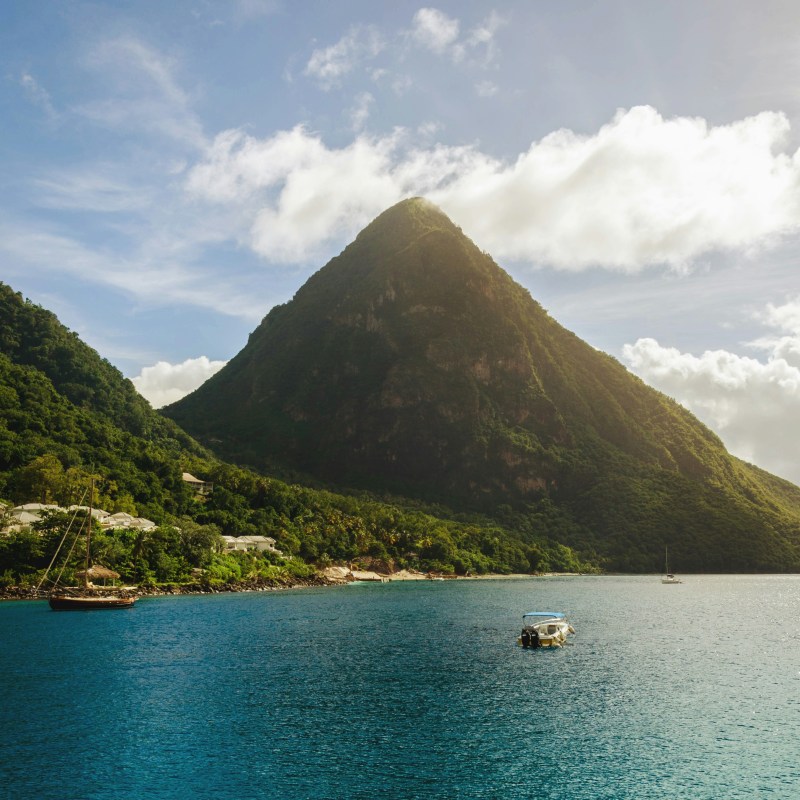
The Caribbean is a tropical wonderland. It’s also a deceptively complex place in terms of geography and politics.
Videos by TravelAwaits
This region is home to over 700 islands, reefs, cays, islets, and barrier islands. They’re spread across the Lesser Antilles and Greater Antilles… and even the lesser-known Leeward Antilles.
With its long history colonial exploits, it’s also one of the world’s most diverse melting pots. A total of 16 nations lay claim to the Caribbean, 11 of which are located in Europe.
You’ll hear Caribbeans speaking 11 common languages, which include five distinct Creole dialects and Caribbean Hindustani. There are dozens of religions, dozens of ethnic groups, and dozens of hyper-localized traditions, from slang to street food.
In other words, there’s a lot more than what meets the eye.
But how can the average tourist dig a bit deeper when heading to the Caribbean?
One of the most straightforward ways is to hop off the beaten path, at least for a day or two. Specifically, hop over to one of the Caribbeans smaller islands.
I’ve taken a close look at the coolest (and tiniest) Caribbean islands open to tourists. Here are some of the top contenders that are accessible, gorgeous, and unique.
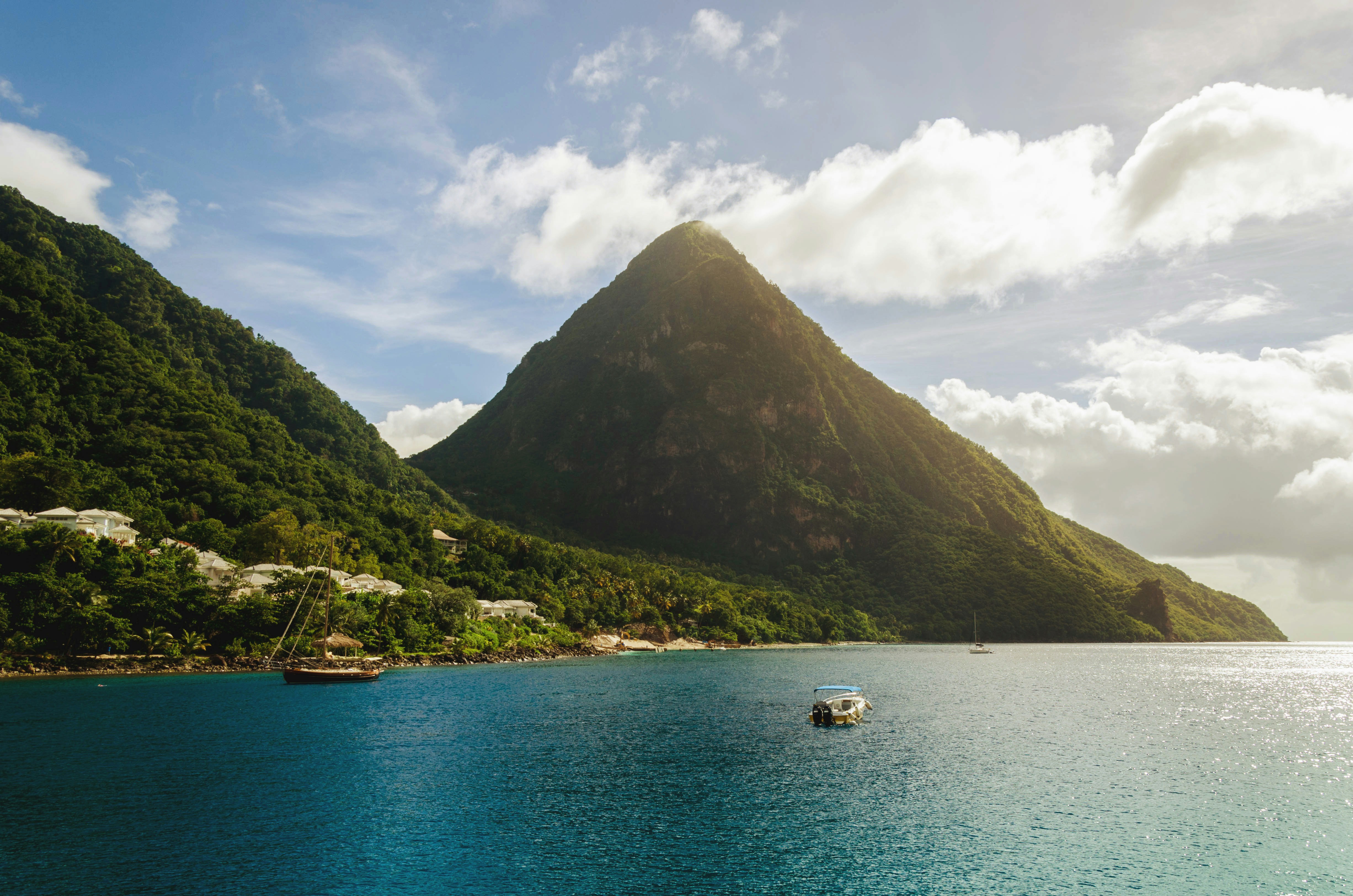
Montserrat, 25 square miles
(UK overseas territory)
Known as the Emerald Isle of the Caribbean, Montserrat is (unsurprisingly) covered in lush flora. But its main attraction is its active volcano that sits in the center of the island. Its most recent eruption was in 1997, which you might remember from headlines.
But the volcano has remained inactive since then, which means you get to soak up the tropical wonders from Montserrat’s black-sand beaches without any worries.
Along with lounging on the beach and swimming in the clear waters, Montserrat is great for hiking, volcano tours, and cultural festivities like the annual Alliouagana Festival of the World and the Cudjoe Head Fest.
If you make it to Montserrat, check out these rentals:
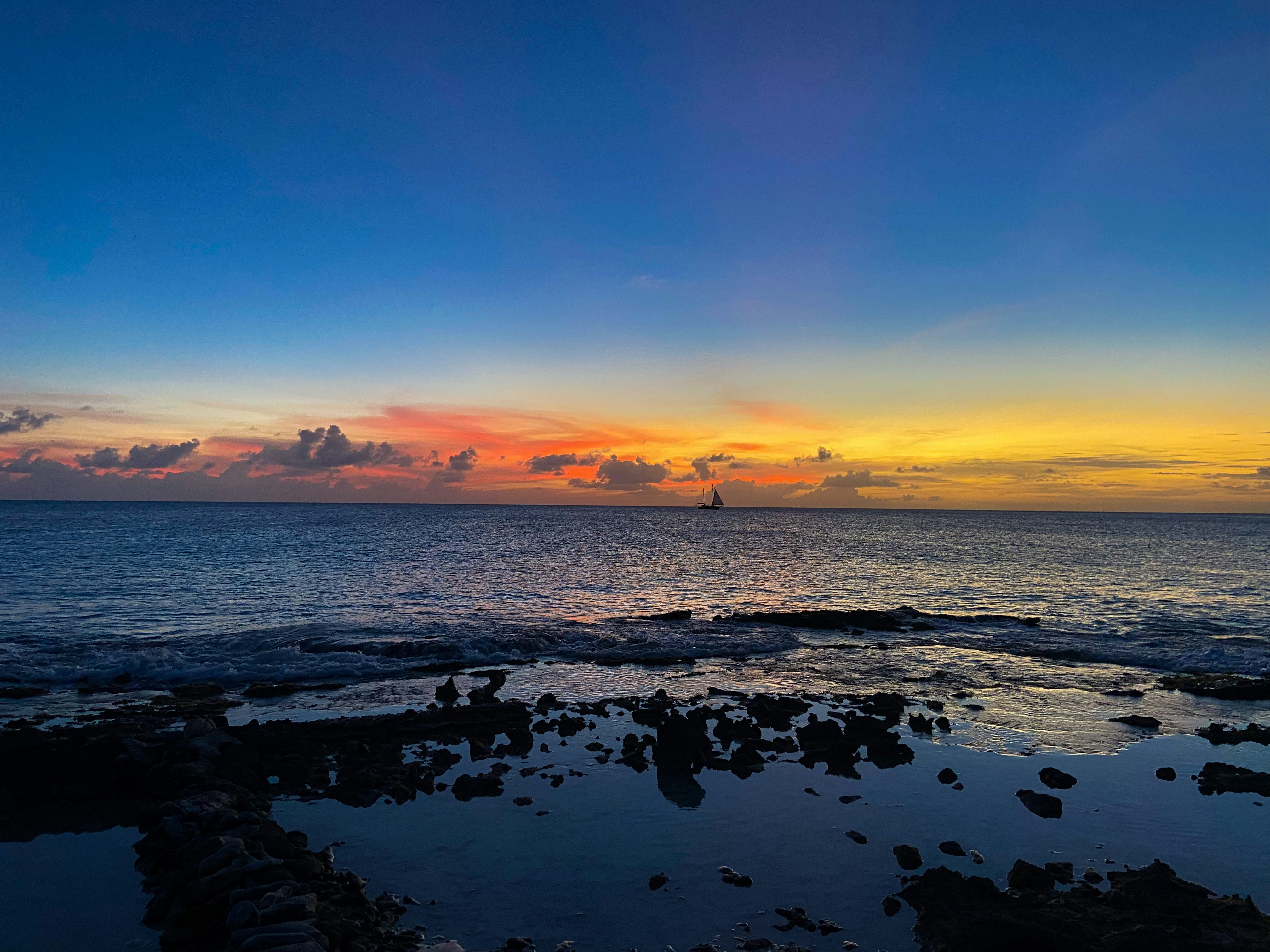
Saba, 5 square miles
(Netherlands overseas territory)
Similar to Montserrat, this minuscule island is part of a volcano, known as Mount Scenery. By contrast, however, Mount Scenery hasn’t erupted for centuries and is now dormant.
Amid the towering mountains and hills, you’ll find the island’s sole settlement, interestingly known as The Bottom. If you’re heading to the Caribbean anytime soon, I’d recommend scheduling a trip during the Carnival season.
It’s one of the biggest days of the year in Saba for locals and visitors, in which everyone comes together to celebrate the occasion—including those from neighboring islands.
Stay at:
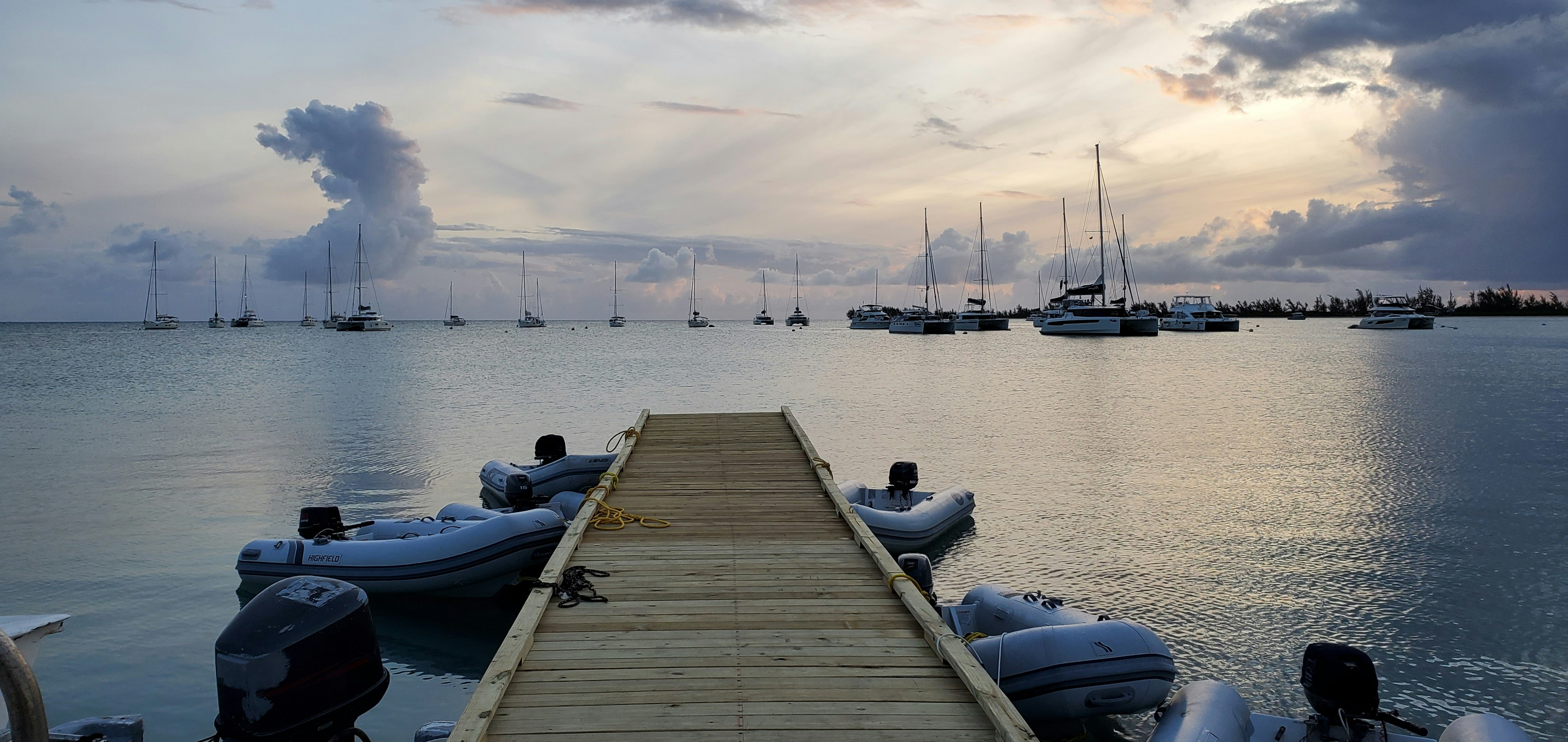
Anegada, 15 square miles
(British Virgin Islands)
Anegada is a low-lying island to the northeast of the British Virgin Islands. Notably, it formed from coral and limestone buildups rather than volcanoes.
You’ll notice this immediately when you swim on the coasts, surrounded by stunning and bright coral barriers known as Horseshoe Reef. Given its tiny size, less than 300 people live in The Settlement—the only village on the island.
On Anegada, I recommend staying at:
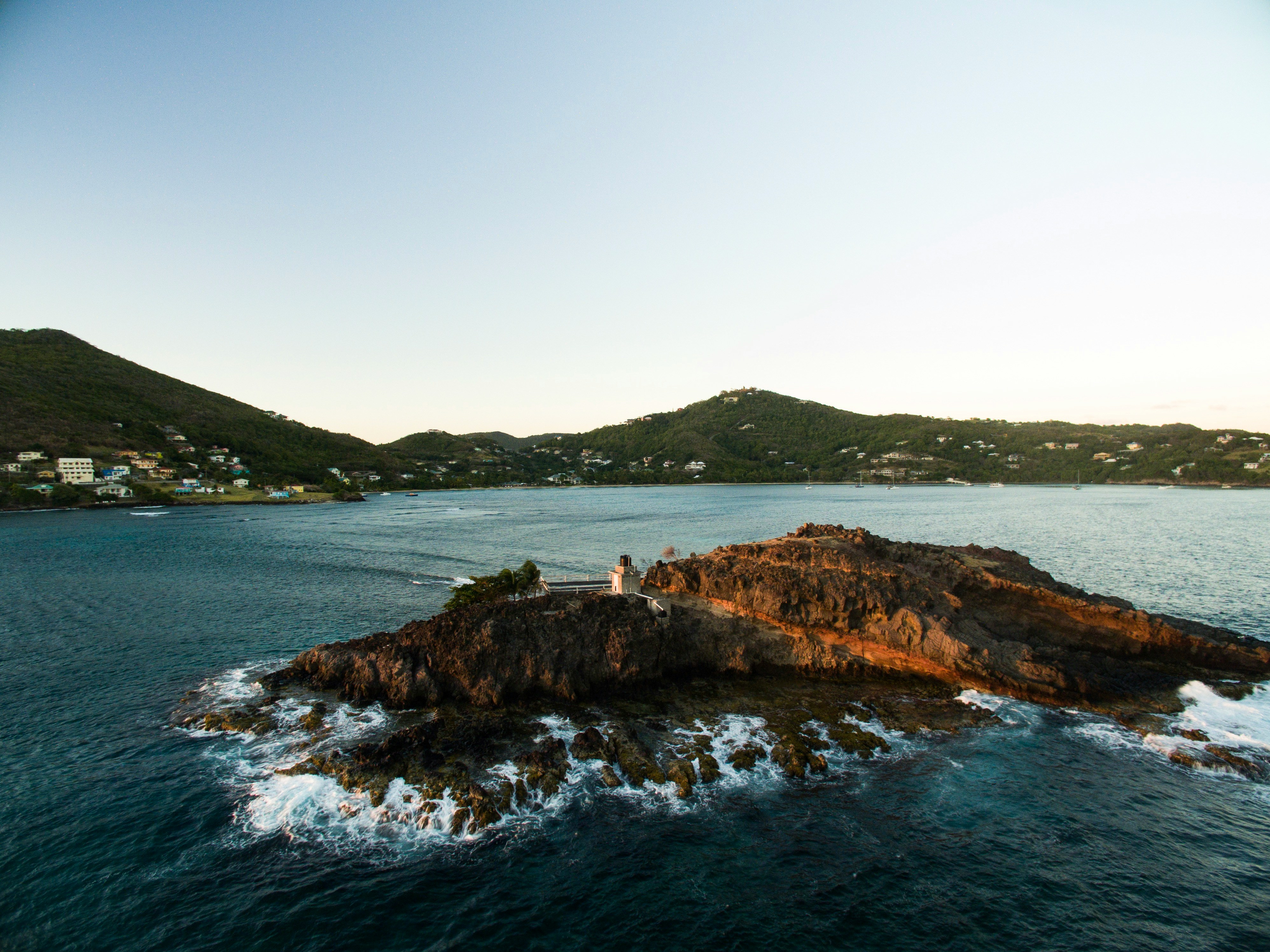
Bequia, 7 square miles
(St. Vincent & the Grenadines)
Yachting is the thing to do in Bequia, pronounced ‘beck-way’. Though the island is blanketed with beautiful and dense forest, most visitors stick to Port Elizabeth where their yachts dock. But you can also reach this tiny island by flying from St. Vincent.
The island’s vibe is very laidback, meaning you should be fine lounging on the beach or in the shade. Most people come here to disappear for a little bit—so don’t expect crazy nightlife.
Here are the two top-rated places to stay on the island:
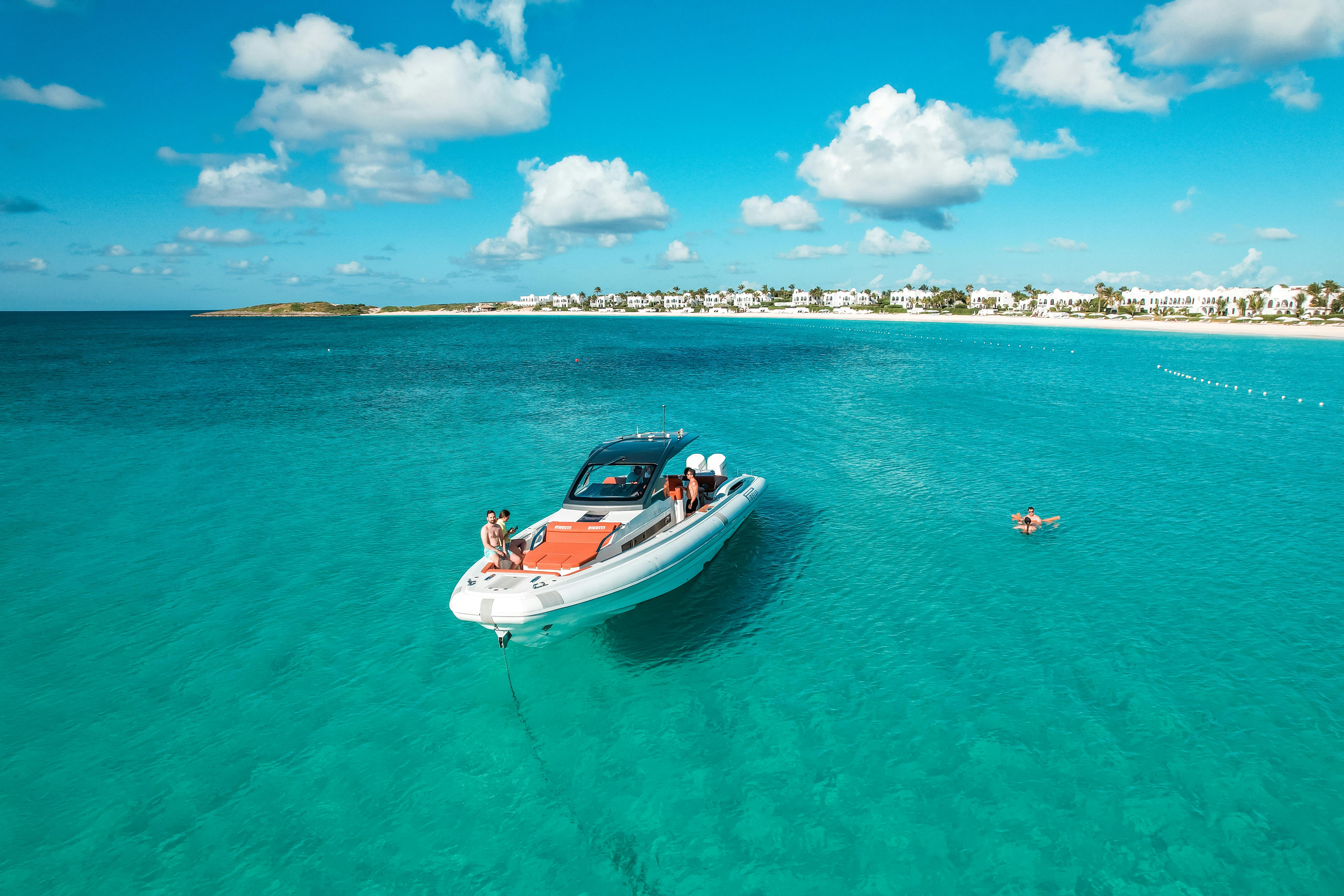
Salt Cay
(Turks & Caicos, UK overseas territory)
Salt Cay is absolutely tiny. It’s home to three restaurants, three mini-markets, and three gift shops. That’s about it. Most of the island is home to salt pans, or shallow ponds used to collect saltwater to extract salt from its brine.
It might sound a little meh, but these salt flats are stunning to behold. Plus, they won’t interrupt your beach bumming. Like many other islands on this list, Salt Cay is home to healthy reef and coral systems.
One of the more unique things to do here is watch the humpback whales pass by on their migratory route. I know enough about colonial history and whaling to tell you that these humpbacks are the same ones targeted by the Nantucket Whaling Company, whose earnings helped build towns like Cape Cod, Nantucket, and Martha’s Vineyard. (Am I the only one who finds that interesting?)
There aren’t too many lodgings to choose from on Salt Cay. I’d go with:
